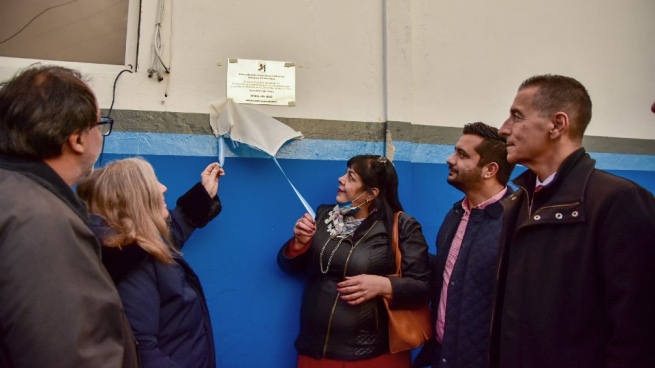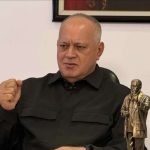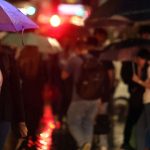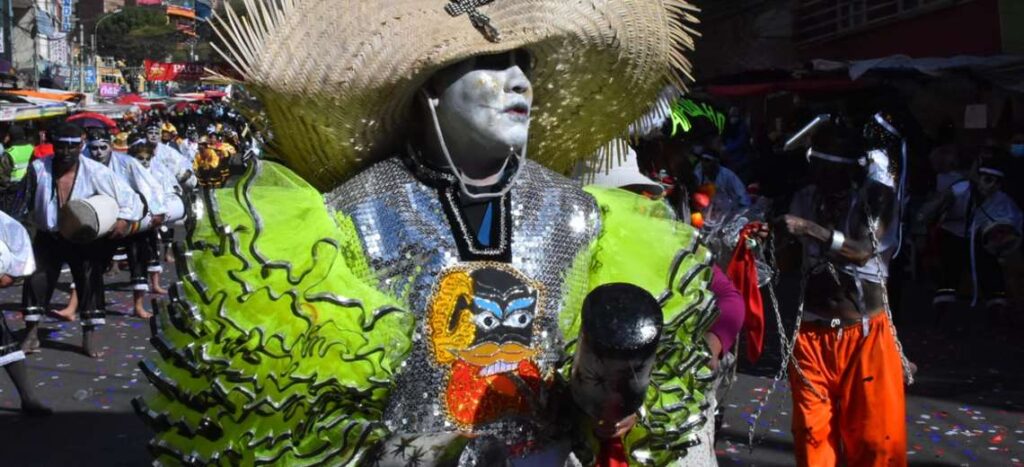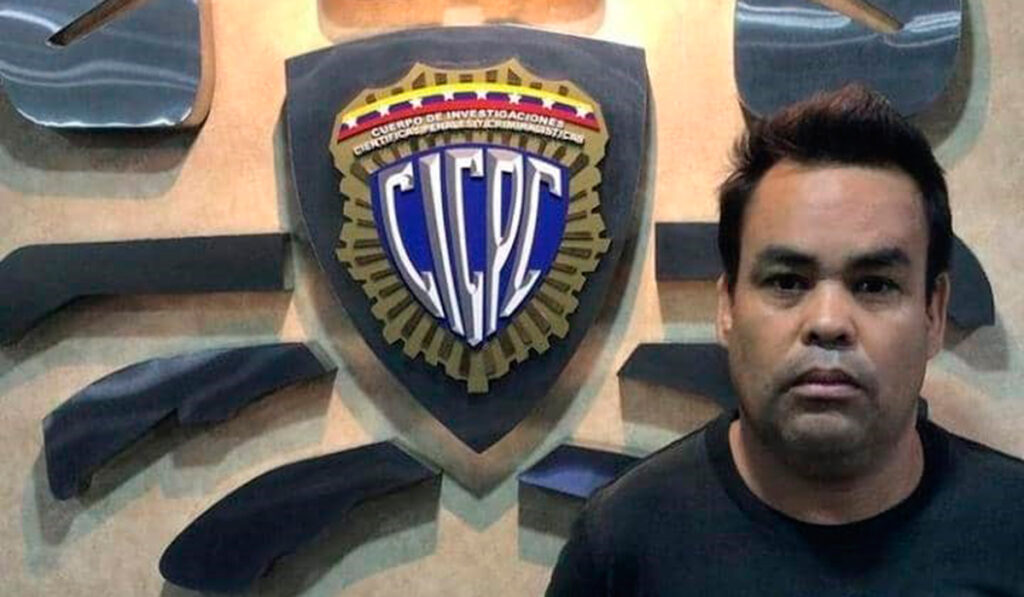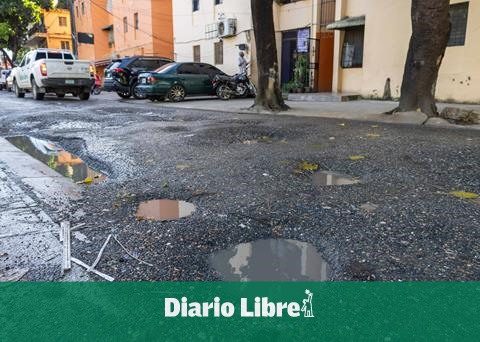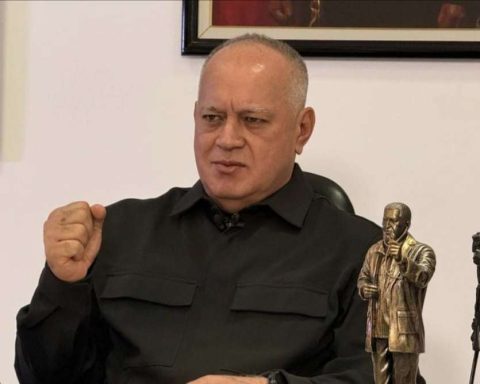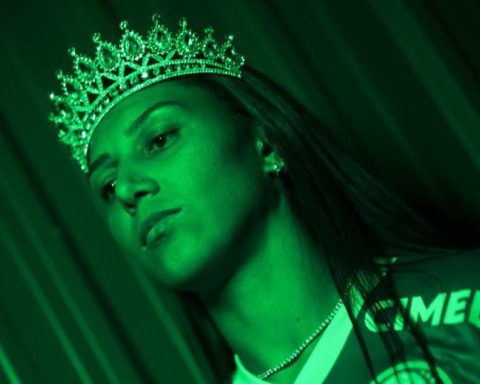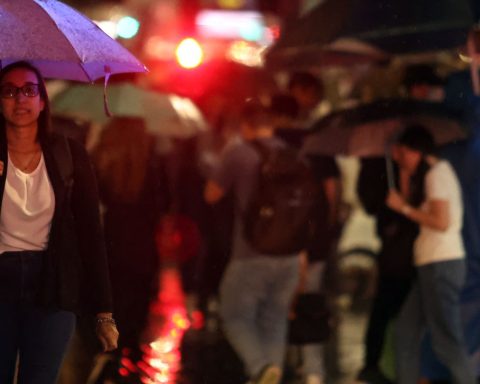Oscar Cogorno, Jorge Costales and Rolando Zanetta were among the more than thirty military, police and civilians committed to Peronism who between June 9 and 12, 1956 they were assassinated in the garbage dumps of José León Suárez, but also in Lanús, La Plata and other places, for participating in the armed rebellion that they commanded Generals Juan José Valle and Raúl Tanco or by the mere suspicion of being part.
The mayority martial law was applied to them retroactively, against all legal logic, because Pedro Eugenio Aramburu had information that an uprising was being prepared and had prepared three decrees for that purpose; In the case of Cogorno and ten other members of the Army, the verdict of a Military Court of Honor, which had decided not to sentence them to death, was ignored.

Valle, leader of the uprising, who had managed to avoid capture, the initial repression and the murders of the following hours, was the last one to be shot -in the penitentiary of what is now Plaza Las Heras, in the heart of Palermo-, despite the fact that the emissary de Aramburu, the captain of the Navy Francisco Manrique, had promised to save his life and end the executions of the Peronists who had surrendered.
Research Rodolfo Walsh and Enriqueta Muniz from the discovery of a survivor of the José León Suárez massacre, the perfect narration of “Operation Massacre“, left an indelible testimony of what happened to the twelve civilians who were dragged to that dump, with five who were killed by the Police of the province of Buenos Aires and seven who were able to escape, including Juan Carlos Livraga.
But the de facto government of Aramburu and Admiral Isaac Rojas killed many more, and in its repressive response it focused particularly on the members of the Army of various ranks -also Police officers- who had been retired or made available for their adherence to Peronism; that they had shared hours of captivity with Valle and that, as a maximum objective, they sought to generate the conditions for the return of the constitutional president.
Three of those men-at-arms who were shot, Cogorno, Costales and Zanetta, had a mission assigned as key men in the uprising that started on the night of Saturday, June 9, 1956, while the boxing match was taking place at Luna Park. between Eduardo Lausse and the Chilean Humberto Loayza: the fight was the password that the groups that would operate simultaneously in different points of Greater Buenos Aires and in La Plata had given.
Cogorno, at that time a lieutenant colonel, had to take by force the 7th Infantry Regiment of La Plataan objective that he achieved at first, although he later had to abandon it due to attacks with heavy weapons.

Costales, an Army captain, had been entrusted with intelligence tasks: had to occupy the National School of Technical Education (ENET) No. 1 of Avellaneda to transmit a proclamation from the radio of the industrial school.
Zanetta, who until the coup of September 1955 had been an inspector commissioner, was in June 1956 an ordinary citizen with a record of services in the Buenos Aires province.: On the night of the insurrection, his task was to seize the Police Headquarters together with a group of militants who were carrying weapons stolen from another sectional.

But at the Headquarters they were waiting for them.
The dictatorship calling itself the Liberating Revolution had infiltrated them and with the information of the main targets and the date chosen for the uprising, the “provisional president of the Argentine Nation in exercise of the Legislative Power” – thus Aramburu signed his decrees or normative provisions – left for the events to unfold.
The head of the PEN had prepared three correlative decrees to establish martial law and the death penalty by firing squad for those who violated it, in the case of the 10,362 and 10,363, and to establish the list of people to be shot – a list that was vacant but would be completed when necessary-, in the case of decree 10,364. The Official Gazette would only publish them on June 14.
The entry into force of martial law was communicated to the country by national network only at 0:32 on June 10Therefore, in legal terms, many of those detained on the 9th at night would receive a very summary sentence – the death penalty at the wall or in a garbage dump in the middle of the night – that they could not know and, therefore, also not comply.
“The murders began the same night the law was enacted,” Lieutenant General Cogorno’s granddaughter Julieta Cogorno (44), a graduate in administration, reconstructed 66 years later, in dialogue with Télam.
“My grandfather was shot the day after taking Regiment 7. He, like General Valle and his fellow fighters (Lieutenant Alberto) Abadie, (Lieutenant Néstor Marcelo) Videla and (Lieutenant Colonel José) Irigoyen, gave their life defending the reestablishment of free elections without proscriptions and the 1949 Constitution,” he assured, later adding that his grandfather was promoted post-mortem to brigadier general.

The recognition was decided by Perón himself in 1973.
In the case of Costales, also shot, his execution was ordered by the captain of the ship Salvador Ambroggio in a summary trial in the Lanús Regional Police.
The naval officer received a phone call, asked Costales some questions and ordered him to go out to the police station’s patio: they killed him right there, with a machine gun.
“The murders began the same night the law was passed”Julieta Cogorno, granddaughter of Lieutenant General
Lieutenant Irigoyen was executed in the same way, and the procedure – a couple of questions and the exit to the patio – would also end with the lives of civilians Dante Lugo, Osvaldo Albedro and the brothers Clemente and Norberto Ross, all killed in that police facility. , located on the corner of Salta and Juncal, Lanús.
Last Thursday, in that precise place, the Frente de Todos unveiled a plaque in memory of the seven local Peronists who were killed in the June 1956 uprising.
Contacted by Télam, the youngest son of Costales, who is also called Jorge and defines himself as a “self-taught economist”, relived the crime that marked his family forever, on the 66th anniversary of those events this week.
“My father’s death certificate says ‘died on public roads, gunshot wound to the head and chest. In other words, they did not have the courage to say why they were killed and how,” he repudiated.
“I was seven months old when they killed him. He had been very involved with the constitutional regime (by Perón’s government) and was discharged from the Army in September ’55: until February ’56 they kept him prisoner in a steamer that His name was Washington, along with a bunch of soldiers, with the ship stranded a few kilometers from the port of Buenos Aires, something that they couldn’t escape,” he recalled.

That five-month shared prison was key for those incarcerated, he continued, because “they began to outline what would be the uprising movement of June 9 and when they left they began to connect with different civil forces; we must remember that at the beginning of ’56 decree 4161 comes out (which prohibited mentioning the name Perón and other terms linked to justicialism), with which all trade union rights are lost”.
Zanetta, another of the protagonists of the uprising who was murdered, had arrived with three gunshot wounds at the San Martín de La Plata Hospital on the night of June 9.after failing to take over the Headquarters.
There he underwent an emergency operation, he came out of the surgery well, stabilized and was hospitalized, but on the morning of June 10, the then chief of police of the Province, Lieutenant Colonel Desiderio Fernández Suárez, appeared at the Hospital. He was accompanied by several sailors.
One of Zanetta’s sons, also named Rolando, who was 8 years old in 1956 and who dedicated his working life to trucking cargo, told Télam about the last moments of his father’s life.
“On the morning of the 10th they arrived and took him out of intensive care. They loaded him on top of an ambulance because they wanted to shoot him at the Regiment, where they would shoot Cogorno but at that time they still hadn’t caught him. You see that my father, in the end They decided to kill him on top of the ambulance, they shot him three times in the chest and left him in the hospital garage. We had to watch over him with a closed drawer and with custody,” he reconstructed.
And he added: “That is the story of my father, a lifelong Peronist militant, the son of Italian anarchists, who joined Peronism in defense of the people.”.
